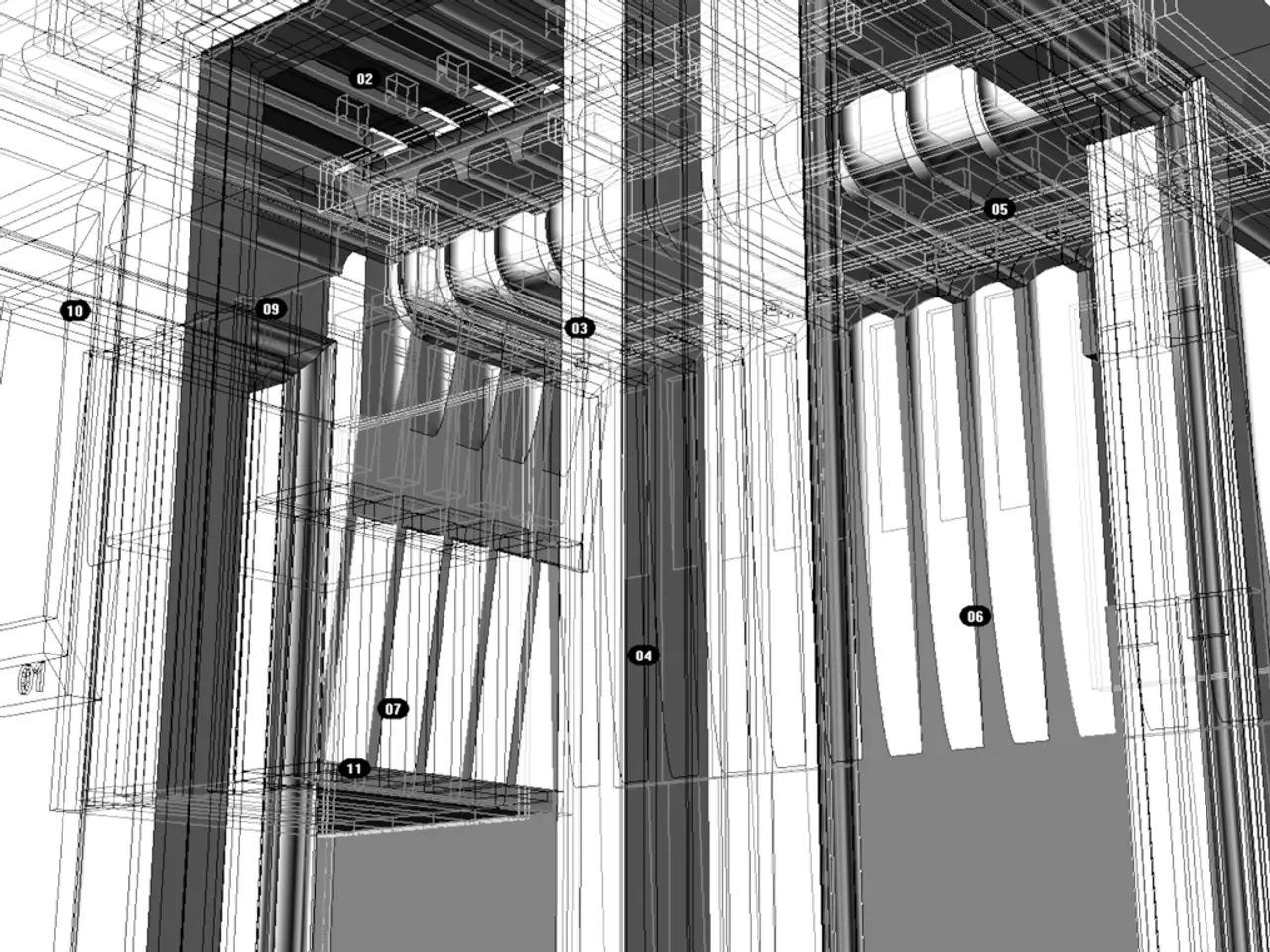Bitcoin's Post-Halving Performance: A Tale of Modest Gains
Bitcoin's Post-Halving Price Performance Delivers Record-Breaking Poor Results. Reasons?
After a year since Bitcoin's latest halving event, the digital gold hasn't quite lived up to its past glory, failing to match the staggering percentage increases witnessed over previous halving cycles.
Despite hitting an all-time high, this time around, the percentage growth has been rather modest. Data provider Kaiko revealed that, while BTC's price is indeed up, external factors have played a spoilsport in achieving the same kind of growth spurt seen in past cycles.
In fact, at current levels, the growth represents the "weakest post-halving performance on record in terms of percentage growth," according to Kaiko Senior Analyst Dessislava Aubert.
Following a recent surge, Bitcoin posted a price of around $95,000 on a recent Friday, representing a meager 49% spike since the 2024 halving. In previous cycles, percentage increases have soared way above the hundred mark during the same timeframe.
So, what went wrong? Aubert points towards the current macroeconomic climate, with interest rates reaching all-time highs, causing uncertainty. This has been particularly rough for Bitcoin, which usually thrives in a low-interest rate environment, along with other risk-on assets like stocks.
However, these assets have taken a hit amid fears surrounding the lingering effects of President Donald Trump's trade war, unrelenting cost-cutting, and other macroeconomic uncertainties, putting a damper on Bitcoin's performance.
Interestingly, Bitcoin soared to a peak of just under $109,000 on the day of Trump's inauguration, as crypto markets anticipated a favorable policy shift from the new administration.
After every halving event, Bitcoin miners receive fewer rewards for processing transactions on the network. With fewer coins entering circulation, the asset usually surges in value, as demand outweighs supply.
Take the first halving in 2012; before the event, Bitcoin was trading at $12.35. A year later, its price stood at $964, marking a nearly 8,000% gain. The 2016 halving saw a trade value of $663; one year later, it had shot up to $2,500, a 277% increase. And in the run-up to the previous halving, in 2020, BTC was valued at $8,500. By 2021, it had reached an all-time high of over $69,000, registering a massive 762% gain.
As the latest halving reduced miners' rewards from 6.25 BTC to 3.125 BTC per block, one would have expected a robust price surge. However, Bitcoin's price is barely 50% higher than it was a year ago, leaving experts scratching their heads.
Experts who had previously predicted a phenomenal run for Bitcoin following the 2024 halving, coupled with the historic approval of spot Bitcoin ETFs, are now expressing disappointment as the price growth has fallen short of expectations.
Even retail investors aren't much happier. The mining industry, which is notoriously tough, is facing tougher times, selling off coins more frequently than before to cover operational costs as the Bitcoin price lags.
Competition among miners, which has led to a surge in hashrate, makes it more difficult for businesses to operate profitably, a stark contrast to previous halving cycles. Curtis Harris, Senior Director of Growth at Compass Mining, notes that the current macroeconomic situation doesn't help either.
"Miners could have foreseen that the rally would be less lively than past post-halving ones," says Compass Mining's Chief Mining Officer Shanon Squires. However, she adds that "anyone who built their mining farm expecting $1 million Bitcoin today wasn't paying attention," emphasizing that stable profits can be achieved through efficient operations.
In summary, while the 2024 halving didn't slash Bitcoin's price, it also didn't trigger the same breathtaking percentage gains seen in previous cycles. Analysts have attributed this to factors such as increased institutional adoption altering historical patterns, maturity of the halving cycle, robust network security, and external macroeconomic factors. The future remains uncertain, with opinions divided on whether slowed growth indicates a maturing market or a temporary lull before pricing rallies in late 2025.
- Despite hitting an all-time high, Bitcoin's post-halving performance in 2024 has been modest, with a meager 49% spike since the halving event.
- Kaiko Senior Analyst Dessislava Aubert stated that the current growth represents the "weakest post-halving performance on record in terms of percentage growth."
- Aubert points towards the current macroeconomic climate, with interest rates reaching all-time highs, causing uncertainty that has affected Bitcoin's performance.
- Bitcoin's price is barely 50% higher than it was a year ago, leaving experts scratching their heads, as they had previously predicted a phenomenal run for Bitcoin following the 2024 halving.
- Experts have attributed this to factors such as increased institutional adoption altering historical patterns, maturity of the halving cycle, robust network security, and external macroeconomic factors.
- Miners could have foreseen that the rally would be less lively than past post-halving ones, but nevertheless, "anyone who built their mining farm expecting $1 million Bitcoin today wasn't paying attention," emphasizing that stable profits can be achieved through efficient operations.
- The future remains uncertain, with opinions divided on whether slowed growth indicates a maturing market or a temporary lull before pricing rallies in late 2025.




